Public Sector Contract Management: Navigating Key Elements
All projects, services, and financial outcomes depend on complex contractual agreements in the public sector. The scale and intricacies of its diverse portfolio, ranging from IT to infrastructure to healthcare, make government contracting slightly more challenging than in the private sector.
Priorities must be set for numerous stakeholders, regulations, and accountability. Even minor limitations can have costly consequences for everyone involved. That is why most organizations adopt all necessary tools and strategies to streamline the contracting process. The blog will discuss the essential elements of public sector contract management and practical solutions.
What is Public Sector Contract Management?
Public sector contract management involves overseeing contractual agreements made by government entities or public organizations. These contracts can encompass various purposes, including construction, IT services, healthcare, and more.
Effective contracting guarantees financial integrity, prompt delivery of goods and services, compliance, and parties carrying out their obligations. They must work with vendors, service providers, employees, and contractors to reduce risks and ensure smooth operations. That is why constant visibility and transparency are vital to public sector contract management. Every stage of the contract lifecycle must happen within the parameters of the applicable laws and policies.
Key Components of Public Sector Contract Management
The primary goal of government contracting is to ensure that all parties involved fulfill their contractual obligations, maintain compliance with legal standards, and deliver value for taxpayer money. The contract lifecycle's components and procedures vary based on the industry, jurisdiction, and parties involved.
Planning and Procurement
This initial phase involves identifying the need for goods or services, defining requirements, and establishing procurement strategies. Effective planning sets the foundation for successful contract outcomes. Government organizations must get the most out of their investments. They must conduct evaluation and market research to understand available options, qualities, and pricing.
Contract Formation
Once the planning phase is complete, parties must draft, negotiate, and finalize the government contracts. This process must ensure clarity and fairness while upholding relevant laws and regulations. It must communicate the objectives, responsibilities, and rights of everyone involved. Defining performance indicators, consequences, and resolution methods in contractual agreements reduces the likelihood of breaches and disputes.
Contract Execution
This phase involves the actual implementation of the contract. It includes monitoring performance, compliance checks, and managing relationships between parties. Assessing the performance is vital for ensuring that the terms of the agreement are met. Regular reviews and evaluations help government bodies to identify areas for improvement and take necessary action.
Contract Closeout
Once a contract is fulfilled, it enters the closeout phase. It involves finalizing all aspects of the contract, ensuring that all deliverables are met, and analyzing contract data for future improvement. Previous performance, lifecycle times, and financial records can pave the way for more favorable contractual relationships.
How to Successfully Manage Contracts in the Public Sector?
The public sector is a demanding place with high stakes and varying interests. Government contracts typically provide essential services such as healthcare, infrastructure, education, or public safety. Managing these contracts well ensures timely and high-quality service delivery. However, they can be complex and risky, especially for long-term projects. A structured contract management process helps identify, mitigate, and respond to risks, protecting both the public interest and the project's success.
1. Establishing Clear Communication Channels
Effective contract management in the public sector begins with clear and consistent communication. From the outset, stakeholders must be aligned on expectations, deliverables, and timelines, including contractors, procurement officers, legal teams, and end-users. Establishing designated points of contact and structured communication protocols reduces misunderstandings and delays. Regular status meetings, written updates, and accessible documentation platforms create transparency and ensure issues are addressed promptly.
Collaborative tools like shared dashboards or contract management software can centralize communication and improve responsiveness. Moreover, clarity in communication fosters stronger relationships with contractors, which is crucial in long-term public sector projects. Ensuring that all parties understand the contractual obligations and have access to the necessary information helps mitigate risks and supports smoother project execution. Ultimately, proactive and structured communication reduces ambiguities, enhances coordination, and builds trust—critical elements for managing complex public contracts successfully.
2. Regular Monitoring
Ongoing monitoring and evaluation are essential for ensuring that contractual obligations are being met in the public sector. Establishing key performance indicators (KPIs) at the beginning of the contract allows for objective assessment throughout its lifecycle. Regular site visits, progress reports, milestone reviews, and stakeholder feedback provide real-time insights into contractor performance. This helps identify issues early, enabling corrective actions before small problems escalate.
Using standardized evaluation templates and scorecards also ensures consistency and fairness in assessments. Additionally, involving multidisciplinary teams—such as financial auditors, technical experts, and project managers—adds rigor and depth to the evaluation process. Transparent monitoring supports accountability, builds trust among stakeholders, and ensures public funds are being used effectively. Regular performance reviews not only help maintain service quality but also serve as a foundation for decision-making on renewals, contract modifications, or early terminations when necessary.

3. Risk Management Strategies
In public sector contract management, identifying, assessing, and mitigating risks is crucial for maintaining project integrity and avoiding costly disruptions. A proactive risk management plan starts with a thorough risk assessment during the contract planning phase, identifying financial, legal, operational, and reputational risks. Assigning risk ownership and establishing clear mitigation measures—such as insurance, performance bonds, or contingency funds—helps manage risks effectively. It's also important to include clauses in the contract that address change orders, force majeure, and dispute resolution.
Risk management should be an ongoing process, with regular updates and revisions based on new developments or project changes. Establishing early warning systems through monitoring tools allows decision-makers to act quickly when risks materialize. Public contracts often involve multiple stakeholders, so collaborative risk-sharing and transparent reporting are key to successful outcomes. Ultimately, a solid risk management framework safeguards public interests and enhances contract resilience.

4. Data Analytics and Reporting
Leveraging data analytics in contract management empowers public sector agencies to make informed decisions, optimize performance, and ensure accountability. By collecting and analyzing data on supplier performance, cost efficiency, project timelines, and compliance metrics, agencies can gain valuable insights into contract health and areas needing attention. Advanced analytics tools can flag trends such as delays, cost overruns, or repeated non-compliance, allowing managers to take corrective actions proactively. Dashboards and real-time reporting systems facilitate transparency and provide stakeholders with a clear view of progress and outcomes.
Standardized reporting formats improve comparability across contracts and departments, enabling more effective benchmarking and best practice sharing. Additionally, predictive analytics can be used to assess risk probabilities or forecast future contract performance based on historical data. Embracing data-driven decision-making enhances the overall efficiency, responsiveness, and accountability of public contract management processes while also aligning with growing demands for transparency and performance-based governance.

5. ERP Integration
Integrating digital procurement tools into contract management workflows streamlines processes, reduces manual errors, and enhances oversight in the public sector. These tools, ranging from ERP to contract lifecycle management systems, enable the automation of repetitive tasks such as contract creation, approval routing, compliance tracking, and renewals. Integration with financial and project management systems ensures real-time visibility into budgets, payments, and milestones. This centralized approach improves efficiency and provides a complete audit trail, which is vital for public accountability.
Procurement tools can also standardize documentation, enforce compliance with procurement policies, and improve vendor evaluation through performance dashboards. Furthermore, they facilitate data collection and reporting, supporting analytics, and decision-making. As public sector procurement becomes increasingly complex, especially with multi-year and multi-vendor projects, tool integration is essential to maintain control, reduce risks, and ensure that contractual obligations are being fulfilled in a timely and cost-effective manner.

6. Managing Compliance
Compliance is a critical dimension of public sector contracting, as contracts must align with a range of regulatory, financial, and ethical standards. Effective compliance management begins with a clear understanding of all applicable laws, such as procurement regulations, anti-corruption statutes, labor laws, and environmental mandates. Contracts should include detailed compliance requirements and outline the consequences for violations. Regular compliance audits, both internal and third-party, help identify lapses and provide a roadmap for corrective action.
Establishing a compliance monitoring system, possibly integrated with digital contract management tools, can automate alerts for expirations, renewals, or missing documentation. Staff training and awareness programs are also essential to ensure that everyone involved understands their obligations and the importance of maintaining integrity. By embedding compliance into every stage of the contract lifecycle, public agencies reduce legal and reputational risks and reinforce good governance, fair competition, and responsible stewardship of public resources.
Book a Live demo
Schedule a live demo of Dock 365's Contract Management Software instantly.
.png?width=196&height=196&name=MicrosoftTeams-image%20(24).png)
Written by Deepti Gopimohan




